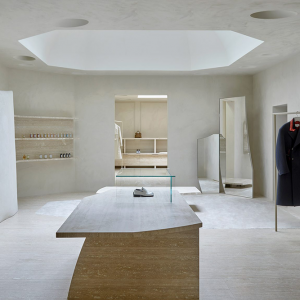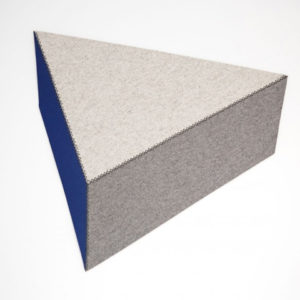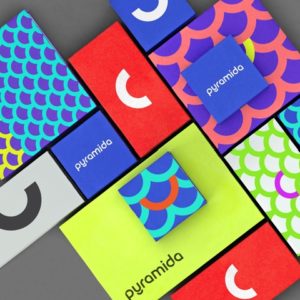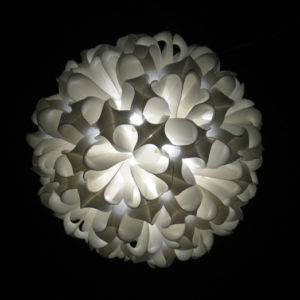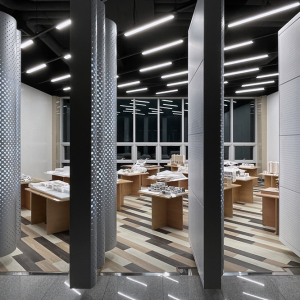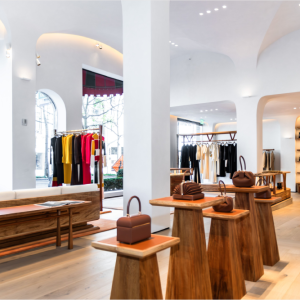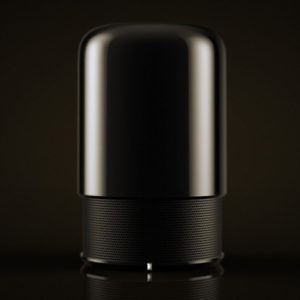


We owe it to William Morris, ‘that an ordinary dwelling has become a worthy object of the architect’s thought, and a chair, wallpaper, or a vase a worthy object of our imaginations.’ Or to Andy Warhol who stated an intention to produce a camouflage painting so large that it becomes the wall. Then again we also owe thanks to House Beautiful who gave its readers a thorough view of the wallpaper scene by devoting the 1954 March issue to ‘The Wonderful Ways of Wallpaper.’ Suggesting paper types with qualities to effect public taste (also known as flavor), by showcasing stylistically appropriate papers to refresh the modern home.

Popular for representing figures and historical symbols in the domestic home. Wallpaper (wall as paper, wall and paper) is a two dimensional decoration applied to architectural surfaces as a ‘makeshift’ ornamental device that perceptually alters an environment. Since its domestic popularization by William Morris, Wallpaper design has leaned on its’ mechanistic structure and optical devices found in art practice: from the Flat Pattern to Visual Deceit to Forced Perspective; casting aside the material honesty of the wall for sham and show.

Borrowing from Morris & Co’s Thistle Wallpaper, Big Will and Friends is an environment of images (wall as paper), a paviliion, and stage of ephemeral effects. Nearly a Shotgun House Big Will consists of three 7’x7’ Rooms arranged linearly with an opening to enter and exit. It sits uncomfortably large in an area taking up more space than it should. Hidden within is Little Will, an object and image that mimic’s its surroundings.
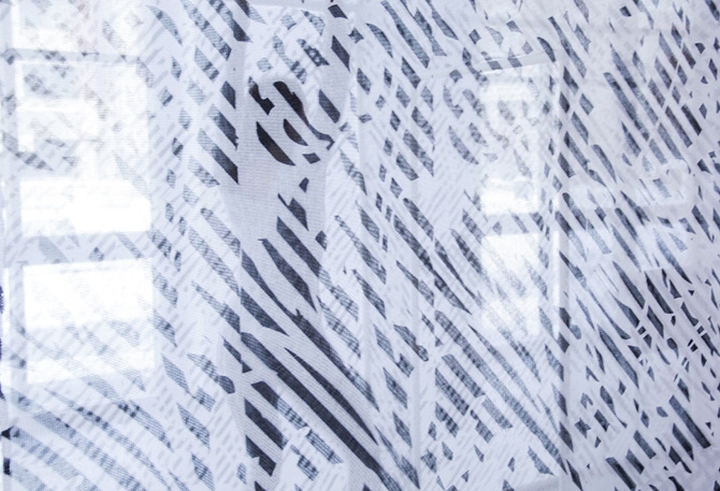
In a contemporary culture of excess and shifting values, Big Will and Friends calls for architects and artists to embrace the temporal qualities of domestic decor that value appearance over substance, and the ephemeral over the secure and lasting. Linking art, architecture, and pop culture the works suggests that the novel assembly of art and domestic décor perceptually structures space through the surfaces around us.
Designed by Architecture Office
Installation Design by: Jonathan Louie with Nico Carmona and Gabriel Boyajin
Collages: Stephen Zaima
Chereography: Stephanie White
Photography: Ioana Turcan

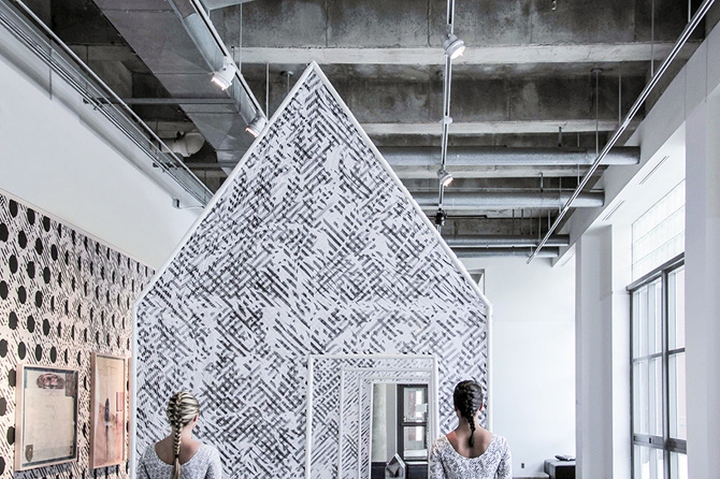
http://www.architectureoffice.org








